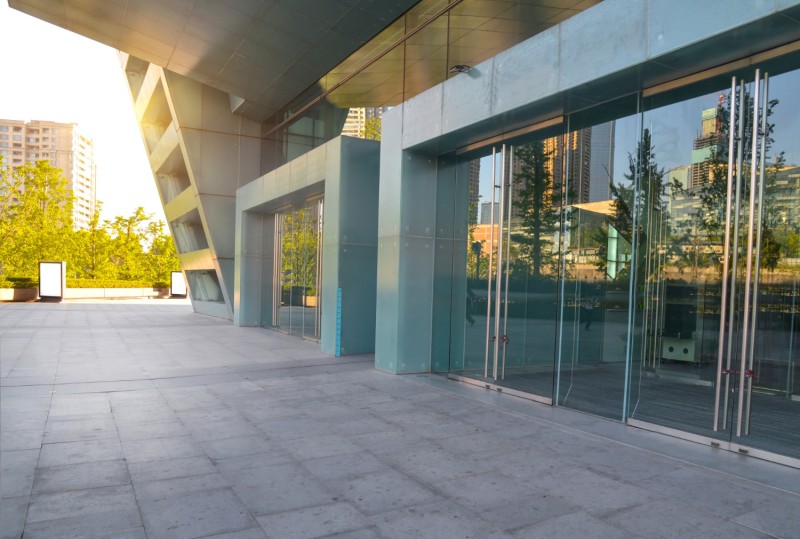In the realm of modern architecture and sustainable building practices, automatic sliding doors stand as a testament to efficiency and eco-friendliness. These doors not only streamline access but also contribute significantly to energy conservation and overall sustainability efforts.

- Seamless Integration of Technology and Efficiency
Automatic sliding doors are more than just a convenience; they represent a harmonious blend of technology and environmental consciousness. By utilizing sensors and automated systems, these doors respond swiftly to the presence of individuals, ensuring smooth entry and exit without unnecessary energy consumption. This efficiency is particularly crucial in high-traffic areas such as airports, shopping malls, and healthcare facilities, where maintaining a comfortable indoor climate is paramount.
- Energy Conservation at Its Core
One of the primary advantages of automatic sliding doors lies in their ability to minimize energy wastage. Traditional hinged doors, when left open, can lead to substantial heat loss or gain, depending on the season. In contrast, automatic sliding doors are equipped with sensors that detect movement and adjust opening times accordingly, preventing conditioned air from escaping. This feature not only reduces heating and cooling costs but also lowers a building’s carbon footprint by conserving energy.
- Enhancing Accessibility and Safety
Beyond energy efficiency, automatic sliding doors enhance accessibility for individuals with disabilities or mobility challenges. Their smooth operation and wide openings facilitate easy passage, promoting inclusivity within public and private spaces alike. Moreover, these doors contribute to safety by eliminating the need for physical contact, reducing the spread of germs and ensuring a hygienic environment—a particularly crucial consideration in today’s health-conscious world.
- Aesthetic Appeal and Design Flexibility
From a design perspective, automatic sliding doors offer architects and designers a versatile canvas to complement various architectural styles. They can be customized in terms of size, material, and finish to seamlessly integrate with the overall aesthetic of a building while maintaining functionality and efficiency. Whether enhancing the entrance of a corporate office or the lobby of a boutique hotel, these doors contribute to a polished and contemporary look.
Conclusion: Embracing Sustainability Through Innovation
In essence, automatic sliding doors exemplify the marriage of innovation and sustainability in the built environment. Their ability to conserve energy, improve accessibility, enhance safety, and contribute to the aesthetic appeal of spaces underscores their indispensable role in modern architecture. As we continue to prioritize sustainability and efficiency, these doors remain a testament to how technology can be harnessed to create spaces that are not only functional but also environmentally responsible.
By adopting automatic sliding doors, buildings not only improve their operational efficiency but also take a significant step towards reducing their environmental impact. As we look to the future of architecture and design, embracing such innovations will undoubtedly play a pivotal role in creating sustainable, inclusive, and aesthetically pleasing environments for generations to come.





